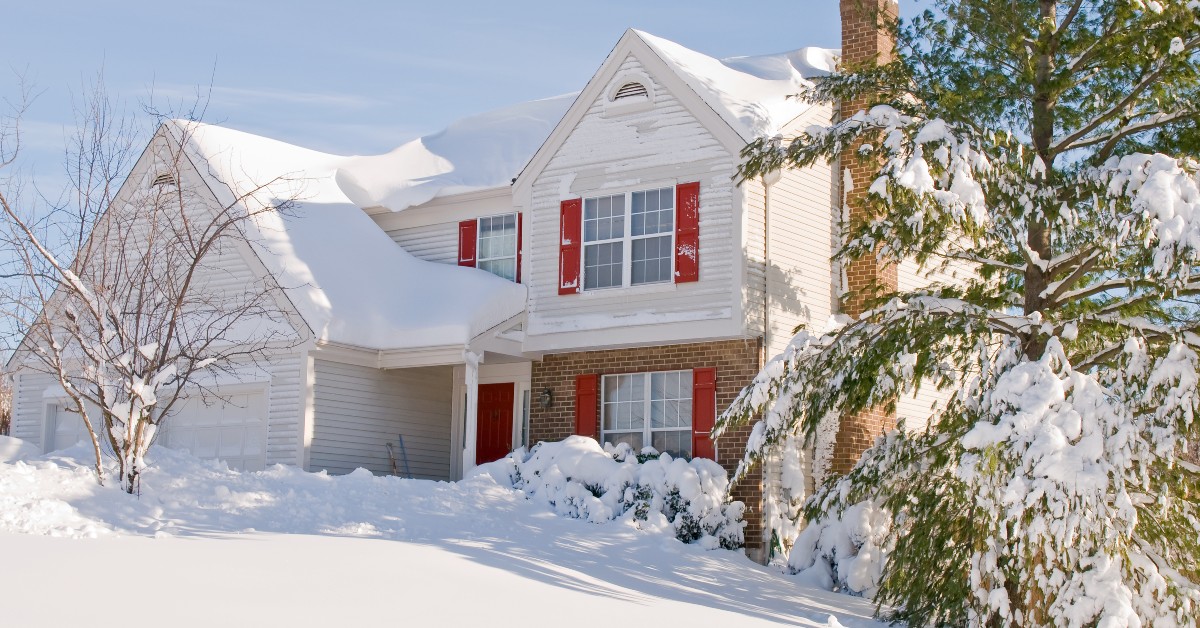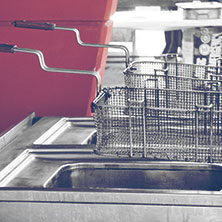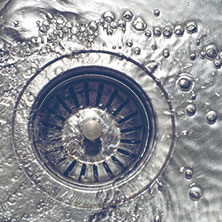WE ARE YOUR 24 HOUR
EMERGENCY SERVICEs

What to Do if You Have a Frozen Sewer Pipe
By: a6c0aafd_admin October 28, 2020
If you step outside, you can feel the temperature starting to drop which can only mean one thing… winter is coming. While there is a lot to love about this time of year, there certainly are some things that the season brings that we’d much rather avoid. The cold winter air is not just an outdoor nuisance; it can cause problems within your home as well. Frozen sewer pipes and drain lines can lead to a lack of water coming from your tap and backups in the other pipes of your home’s plumbing system. Worst-case scenario, a frozen water supply pipe can burst and cause extensive and expensive water damage to your property.
A burst pipe is a much more expensive fix compared to a frozen pipe. So how can you prevent catastrophe due to frozen sewer pipes in the winter? At Dash Drains, we specialize in emergency drain services to help people prevent plumbing disasters in their homes. During the freezing winter months, we provide frozen pipe prevention and repair solutions to help homeowners avoid these disasters. Below, our drain experts put together a helpful guide to use when you find that your pipes are frozen.
What to Do if You Have a Frozen Sewer Pipe: A Homeowner’s Guide
When the temperature drops during the winter, water trapped in your sewer line is at risk of freezing. When this happens, the water in the pipe expands, creating a blockage. In addition to sudden temperature plummets, frozen sewer lines can occur due to improper insulation and healing malfunctions in your home. When sewer lines become frozen, it can create a host of issues that aren’t worth the risk. Therefore, it’s important to know how to recognize the signs of a frozen sewer line and what to do to fix it.

Signs You Have A Frozen Sewer Pipe
How do you know if a sewer pipe is frozen? The biggest indicator is if you turn on your faucet and nothing comes out — what a surprise it is to start your day off finding that there is no water for your morning shower or cup of coffee. While this is the easiest way to tell if your drain pipe is frozen, look for these other signs as well:
- Visible Frost on the Pipe. If you notice that your drain pipes have frost on them, you’ve definitely got a frozen pipe situation on your hand. This is the most common visual proof that the sewer pipe is frozen.
- Strange Noises. Are your pipes making weird banging or gurgling noises? These sounds suggest that you have a frozen pipe that is beginning to thaw, or that has some ice that is moving around inside it.
- Foul Odors. When a pipe freezes, not only is the water blocked but so is the odor it carries. Frozen sewer pipes have — you guessed it — sewer water trapped in there, meaning the pungent odor of sewage will infiltrate your home.
- Leaks. A buildup of ice in a sewer line can actually cause cracks in the structure, causing leaks as the ice begins to thaw. If you notice damp walls, floors, and other signs of leaks, your frozen pipes need to be addressed quickly.
How to Thaw a Frozen Sewer Pipe?
Frozen sewer pipes are no fun, and even less fun if they burst. They can cause a variety of problems that are expensive to fix, so the quicker you take care of the issue, the more money you’ll save and the greater ability you will have to actually restore the functionality of your sewer system. If you need to thaw out your frozen pipes, there are a few things that can really help.
Turn the Heat On
When your pipes are frozen, one way to help them thaw is to keep the heat on inside your home. You can ensure that the heat is able to reach the potentially affected areas of piping by opening doors and cabinets. Keeping your heat running during the cold winter months is a great way to prevent your pipes from freezing in the future.
Apply Heat to the Pipes
Applying even heat to the affected areas of the pipe can help thaw the buildup of ice inside. Heat can be applied in a few different ways. You can use a portable space heater, wrap an electric heating pad around the pipe, or simply use an electric hair dryer to apply heat back and forth along the pipe. It’s important that heat is applied evenly, otherwise the pipe could rupture.
Add Insulation
Applying insulation to frozen pipes and areas that are prone to freezing. Simply wrap pipe insulation around the plumbing lines and secure with electrical tape. Proper insulation will help pipes thaw faster and will be effective in preventing pipes from freezing in the future.
Call a Professional
The best thing to do if your sewer line is frozen is to call an emergency plumbing and drain professional. No matter how carefully you attempt to thaw out frozen plumbing pipes, you run the risk of the pipes cracking or leaking. At Dash Drains, we are equipped with state-of-the-art pipe thawing equipment that can be employed before a pipe bursts and causes water damage.
How Long Does it Take For Sewer Pipes to Unfreeze?
Pipes typically begin to freeze at 20 degrees, so bringing the temperature of the pipe above that is crucial to get pipes that have already frozen to start thawing. The tips above will help with thawing frozen pipes, however, the amount of time it takes to thaw and restore functionality is based on numerous factors such as the weather, how long they’ve been frozen, and where they are located. In most cases, a pipe can unfreeze within the hour with proper efforts, even faster when you rely on a professional.
Rely on Dash Drains When You Have Frozen Pipes the Winter
Winter will be here before you know it, so it’s a great time to start taking precautionary measures to help prevent the headaches and risks that come with frozen sewer lines. However, in the event that the pipes in your home freeze, you can rely on the experts at Dash Drains to provide you with the prompt and trustworthy solutions you need. We provide free estimates for all of our standard and emergency drain services — contact us today!
With 23 years of experience, we’ve seen almost everything. Our business has remained in the family for generations, and is amply named for our family dog, our team is committed to finding quick solutions for all drainage problems.
We proudly serve commercial business, from restaurants to our local college. Our experts have the knowledge and training to solve your drain problems with minimal disruption to business workers and customers.
We are committed to your complete satisfaction. We are proud to offer our expertise to both commercial and residential customers. Please click here to read what our clients have to say about our service!
We are available to help you day or night with your plumbing emergencies. Call our 24-hour line if you need immediate assistance.




